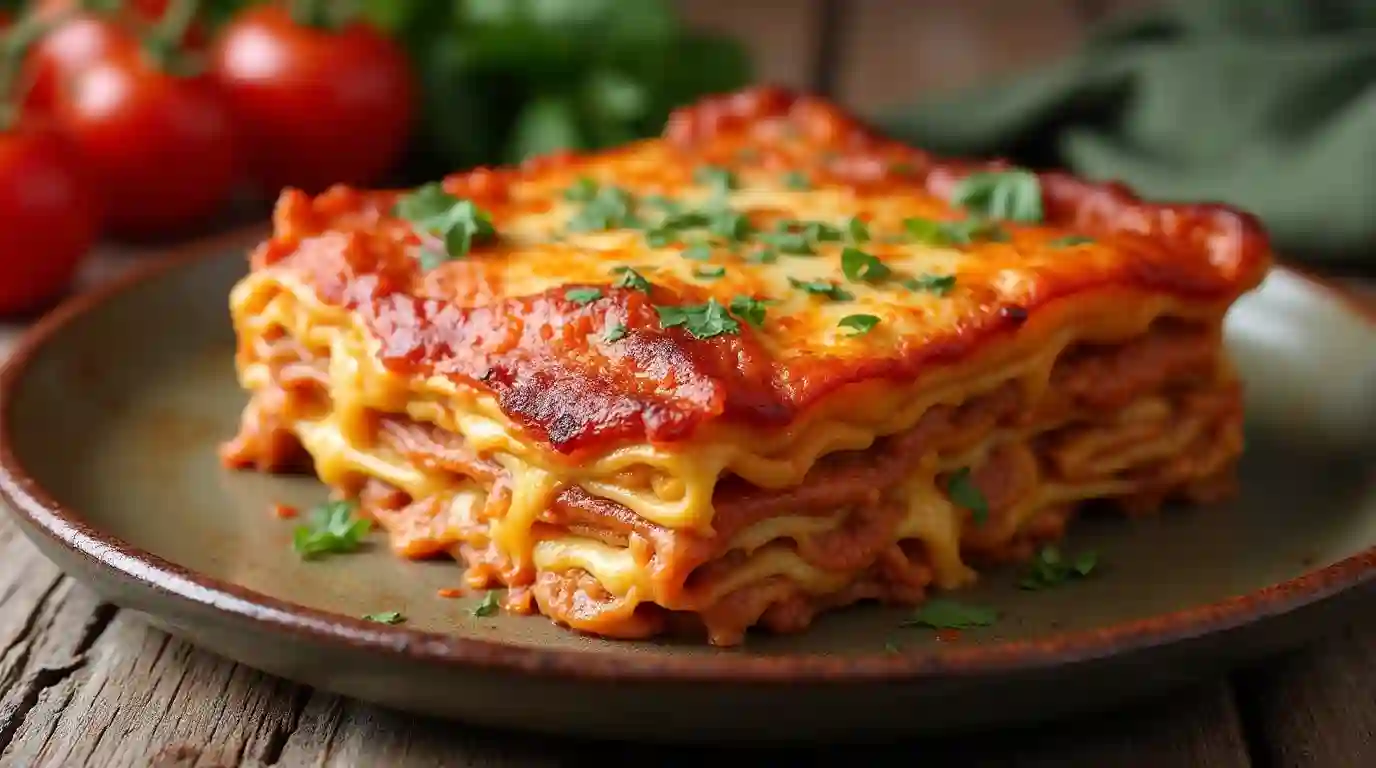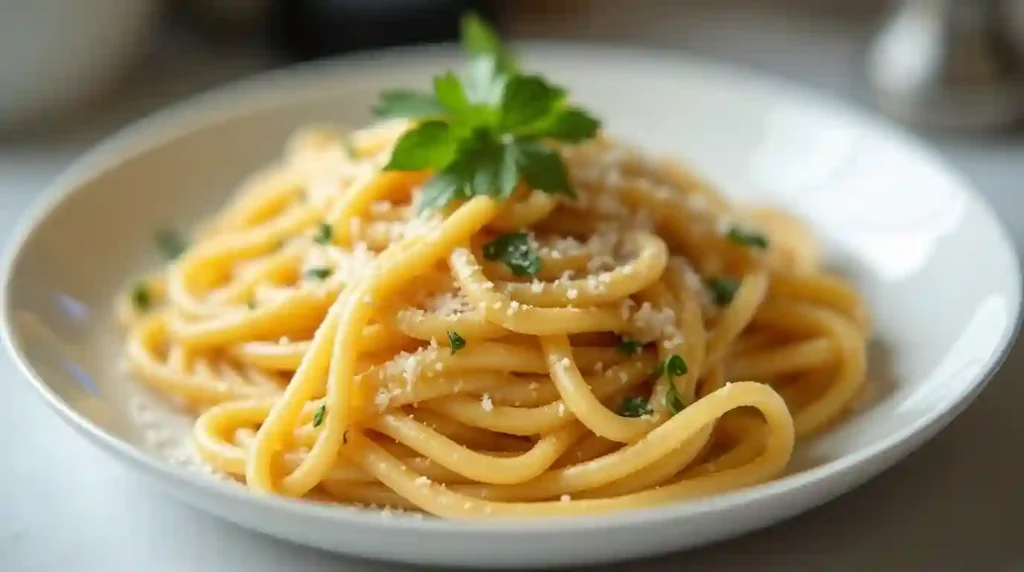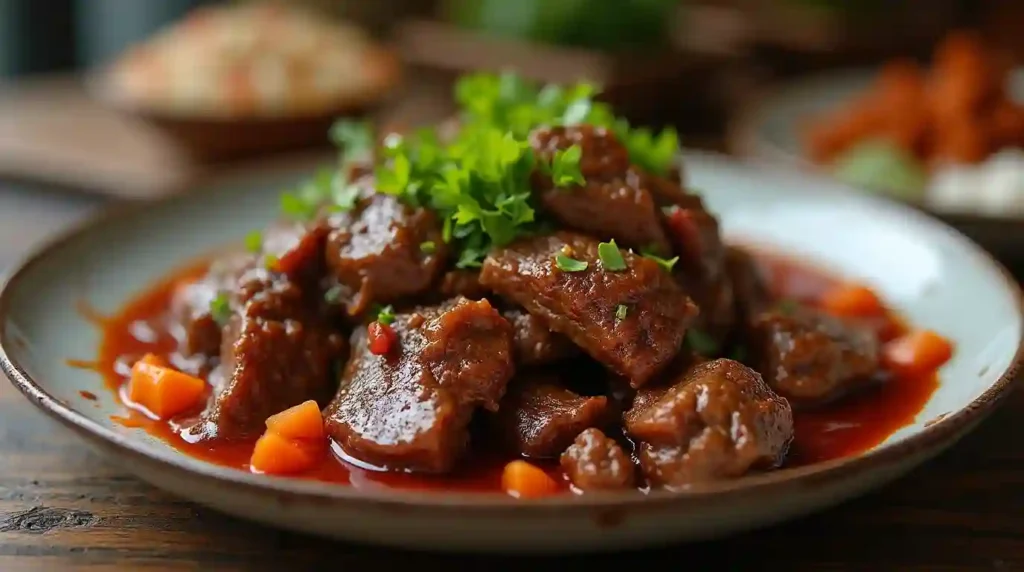it is a beloved Italian dish celebrated for its rich, layered combination of pasta, meat, cheese, and sauce. Originating from ancient Greek influences, this comforting dish has evolved over the centuries, particularly in regions like Emilia-Romagna. While many enjoy it around the world today, the key characteristics of lasagne—its textural contrast and robust flavors—remain timeless. If you’re excited to learn more, let’s explore the difference between lasagna and lasagne!
What is Lasagne? Understanding the Dish
Definition of Lasagne
it is a dish made up of layers of flat pasta filled with ingredients such as meat, cheese, and sauce. This exquisite combination results in a delightful burst of flavors and textures with every bite.
Origins of Lasagne
it has its roots in ancient Greek cooking but evolved significantly over time, becoming a staple of Italian cuisine, especially in Emilia-Romagna. Its enduring popularity speaks to its comfort and richness, making it a favorite for many.
Types of Lasagne
Traditional vs. Modern Variations
Traditional lasagne features ragu, béchamel, and Parmigiano-Reggiano, while modern adaptations include vegetarian, seafood, and gluten-free options.
Popular Variants Around the World
Different cultures have embraced lasagna, leading to unique variants like Mexican lasagna and Greek moussaka.
Regional Differences in Italy
Lasagna varies by region—Bologna uses rich meat sauce, while Naples offers a simpler ricotta and tomato version.
Key Ingredients for Great Lasagne
Essentials include quality pasta sheets, flavorful meat, creamy béchamel, and a good cheese blend. Fresh herbs can elevate the dish.
Ingredients and Nutrition Facts
Key Ingredients for a Classic Lasagne
Creating a mouth-watering lasagna requires the right blend of ingredients. Below is a simple table that highlights what you’ll need and how much:
| Ingredients | Quantity |
|---|---|
| Lasagna noodles | 12 sheets |
| Ground beef | 1 pound (450g) |
| Ricotta cheese | 1 container (15 oz) |
| Mozzarella cheese | 2 cups, shredded |
| Parmesan cheese | 1 cup, grated |
| Marinara sauce | 2 cups |
| Egg | 1 |
| Salt and pepper | To taste |
| Fresh basil (optional) | Handful |
Nutritional Information
Now, let’s talk about what’s packed into that layered goodness! Here’s a quick look at the nutritional facts for one serving of traditional lasagne (about 1 cup):
| Nutrition Facts | Amount per Serving |
|---|---|
| Calories | 350 |
| Total Fat | 20g |
| Saturated Fat | 10g |
| Cholesterol | 70mg |
| Sodium | 700mg |
| Total Carbohydrates | 30g |
| Dietary Fiber | 2g |
| Sugars | 6g |
| Protein | 20g |
It’s worth noting that whilelasa gnais delicious, it’s important to enjoy it in moderation as part of a balanced diet. Now that we’re all set with ingredients and nutrition, in the next part, we’ll dive into a classic lasagne recipe that you can whip up at home!
For more great articles click on the images below :
Preparing Your Lasagne
Essential Cooking Techniques
Begin by cooking the pasta sheets as per package instructions. Add salt to boiling water for flavor. Once cooked, set them aside on a clean towel. Next, brown the meat in a pan over medium heat, breaking it up as it cooks. Combine it with your sauce, and if using béchamel, make it by stirring butter, flour, and milk until smooth.
Layering Techniques for Flavor and Texture
Layer your ingredients wisely: start with sauce at the bottom, then pasta, meat sauce, béchamel, and cheese. Repeat and finish with pasta topped with béchamel and cheese. Cover with foil for part of the baking time to retain moisture, then uncover to allow browning for a perfect finish.
Serving and Storing Lasagne
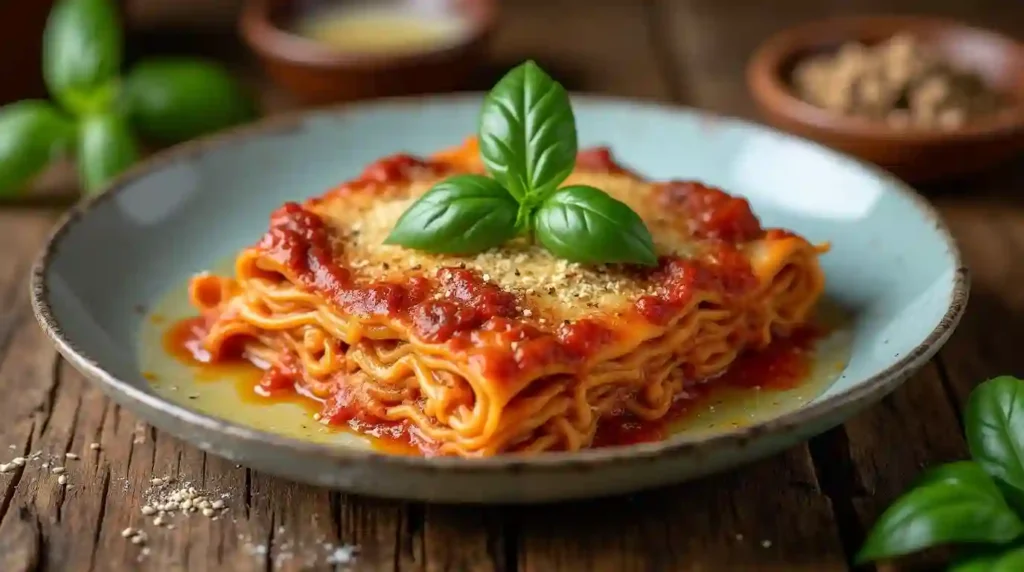
Best Ways to Serve
After baking, let the lasagna rest for 15 minutes to set the layers. Serve it with a crisp green salad or garlic bread. Adding fresh herbs like basil enhances flavor and presentation. A glass of red wine pairs wonderfully with the dish as well.
Storing Leftovers
Store leftovers in an airtight container in the fridge for up to four days. For longer storage, freeze individual portions wrapped tightly in plastic wrap. Thaw overnight in the fridge and reheat in a preheated oven for best results.Part 6: Variations and Customizations for Lasagne
Variations and Customizations for Lasagne
Creative Twists on Traditional Lasagne
it is a versatile dish; you can easily add your own twist. For instance, layer in grilled vegetables like zucchini or bell peppers for a tasty vegetarian option. Additionally, swapping out beef for chicken or turkey offers a lighter alternative.
Gluten-Free and Dairy-Free Options
If you need a gluten-free version, consider using gluten-free pasta sheets or thinly sliced vegetables such as eggplant. For a dairy-free lasagna, substitute regular cheese with vegan cheese alternatives made from nuts or soy. These adjustments ensure that everyone can enjoy a delicious plate of lasagne!
Tips for Perfecting Your Lasagne
Common Mistakes to Avoid
Making lasagna seems simple, but common mistakes can affect its outcome. For instance, overcooking the pasta can lead to a mushy texture. Also, be sure to let the lasagne rest after baking; this helps the layers hold together and enhances the flavors.
Chef’s Secrets to Delicious Lasagne
To elevate your lasagna, consider using homemade sauce, as it greatly improves the taste. Mixing different cheeses, like mozzarella and Parmesan, offers a richer flavor. Finally, a sprinkle of fresh herbs before serving adds a bright touch that makes your dish irresistible!
Serving Suggestions for Lasagne
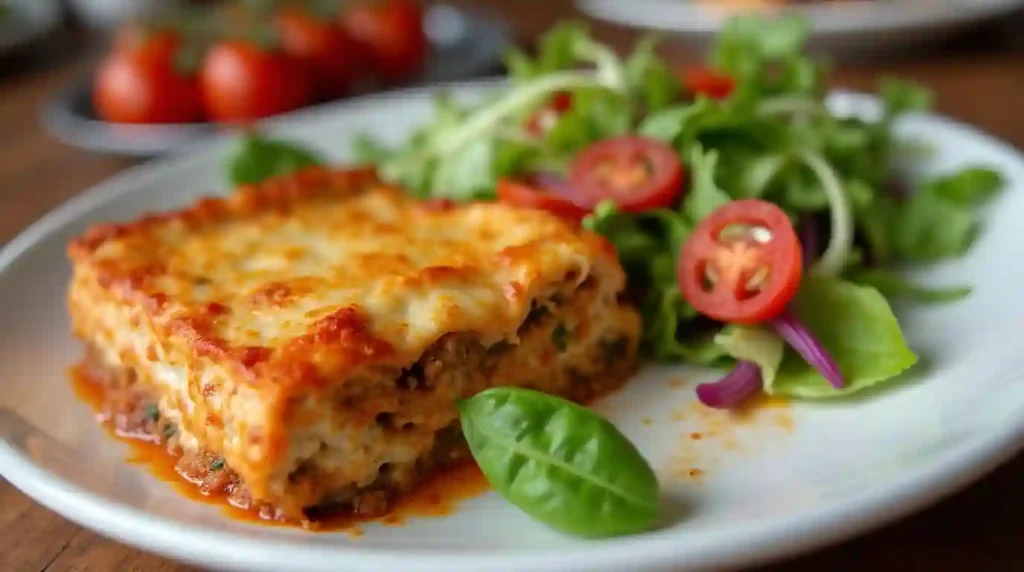
Perfect Pairings for Your Lasagne
it pairs excellently with simple sides like a fresh green salad or crispy garlic bread. These additions balance the richness and enhance the overall meal.
Garnishes to Enhance Presentation
To elevate your lasagne’s look, sprinkle fresh basil or parsley on top. A drizzle of olive oil can also add flavor, making your dish more appealing and aromatic.
Storing and Reheating Leftover Lasagne
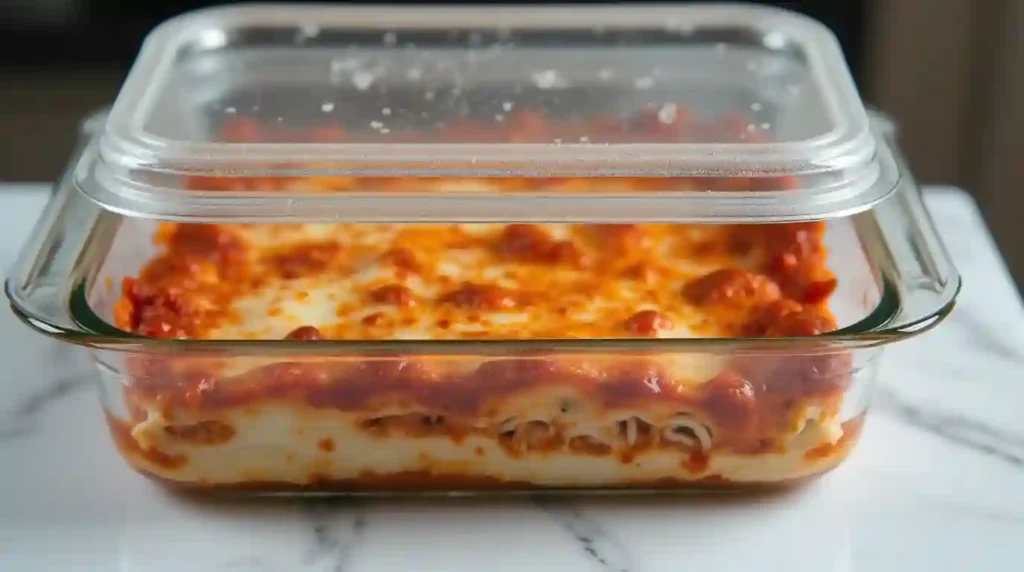
Best Practices for Storing Lasagne
Store leftover lasagna by cooling it first, then covering it tightly with plastic wrap or using airtight containers. This keeps it fresh for up to three days in the fridge.
Reheating Lasagne to Perfection

To reheat, place the lasagne in an oven-safe dish, cover with foil, and heat at 350°F (175°C) for about 20 minutes. Remove the foil for the last few minutes to enjoy melty cheese.

